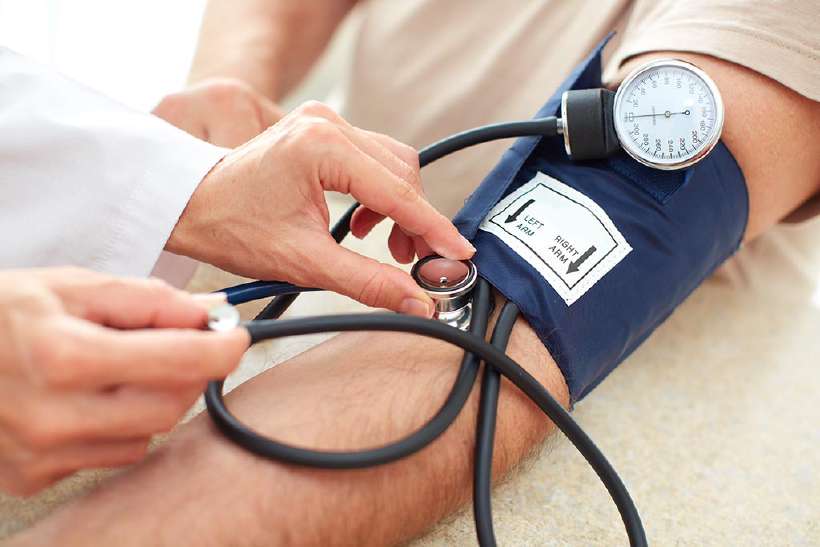What is Blood Pressure?
Home / Science for Kids / 5Ws & H For Kids / What is Blood Pressure?
The heart is a live pump that delivers blood to different parts of the body. Blood flows in or flows out when the heart contracts and expands. The blood is forced into the arteries, which expand to receive the oncoming blood. The force with which the blood moves through the arteries is knows as blood pressure.
The arteries have a muscular lining which resists this pressure. The blood is thus squeezed out into smaller blood vessels. Maximum blood pressure coincides with the steady contraction of the heart, which pushes the blood into the arteries. This maximum pressure is called systolic pressure.
![What is Blood Pressure? [Illustration by Anup Singh]](/media/5wh-24_1_hu65b1a339146b59f919c2567cde0f377d_6084_820x0_resize_q60_box.gif)
Between heartbeats the heart expands to take on incoming blood from the lungs. At this point the pressure is minimum and this is called diastolic pressure. The amount of pressure depends upon the strength of the heart muscle, the amount of blood in the circulatory system and the condition of the arteries.
To measure the blood pressure, a doctor or nurse uses an instrument in which a column of mercury rises or falls under the pressure. An inflatable pad is wrapped around the arm and air is pumped in using a rubber squeeze bulb. When the mercury rises to a level of 150 to 200 millimetres the pressure applied by the pad stops the blood flow into the lower arm. The air is released slowly.
As the pressure is released, a stethoscope is kept on the artery to hear the pulse beat. When the pressure of the pad decreases to the same level as arterial pressure, the flow of blood starts. This flow of pulsing blood can be heard through the stethoscope. When the sound is heard through the stethoscope, pressure is at its maximum or systolic pressure.

The sounds heard through the stethescope are called korotkoff sounds. When air is further deflated more blood flows through and the sound is magnified greatly. As the pressure inside the artery lessens so does the sound. The reading at which the sound stops entirely is the diastolic or minimum pressure.
The average systolic pressure in a young man is about 120 mm of mercury and the diastolic pressure 80. These figures are usually stated as 120/80 or 120 over 80. Blood pressure rises with age as the arteries become more rigid. Sometimes stress, exercise or certain diseases may also cause the pressure to rise.
Low blood pressure also occurs either due to heart attacks or loss of blood after an injury, etc. When the pressure becomes too low, the supply of oxygen to the brain reduces. Whenever a person has high or low blood pressure, she or he should consult a doctor immediately.
464 words |
4 minutes
Readability:
Grade 7 (12-13 year old children)
Based on Flesch–Kincaid readability scores
Filed under: 5ws and h
Tags: #pressure, #heart, #mercury, #arteries
You may also be interested in these:
Why do Doctors Examine the Pulse?
Why is it Harder to Walk Uphill?
Dress Relief
The Ungrateful Friend
If I Can Stop One Heart from Breaking